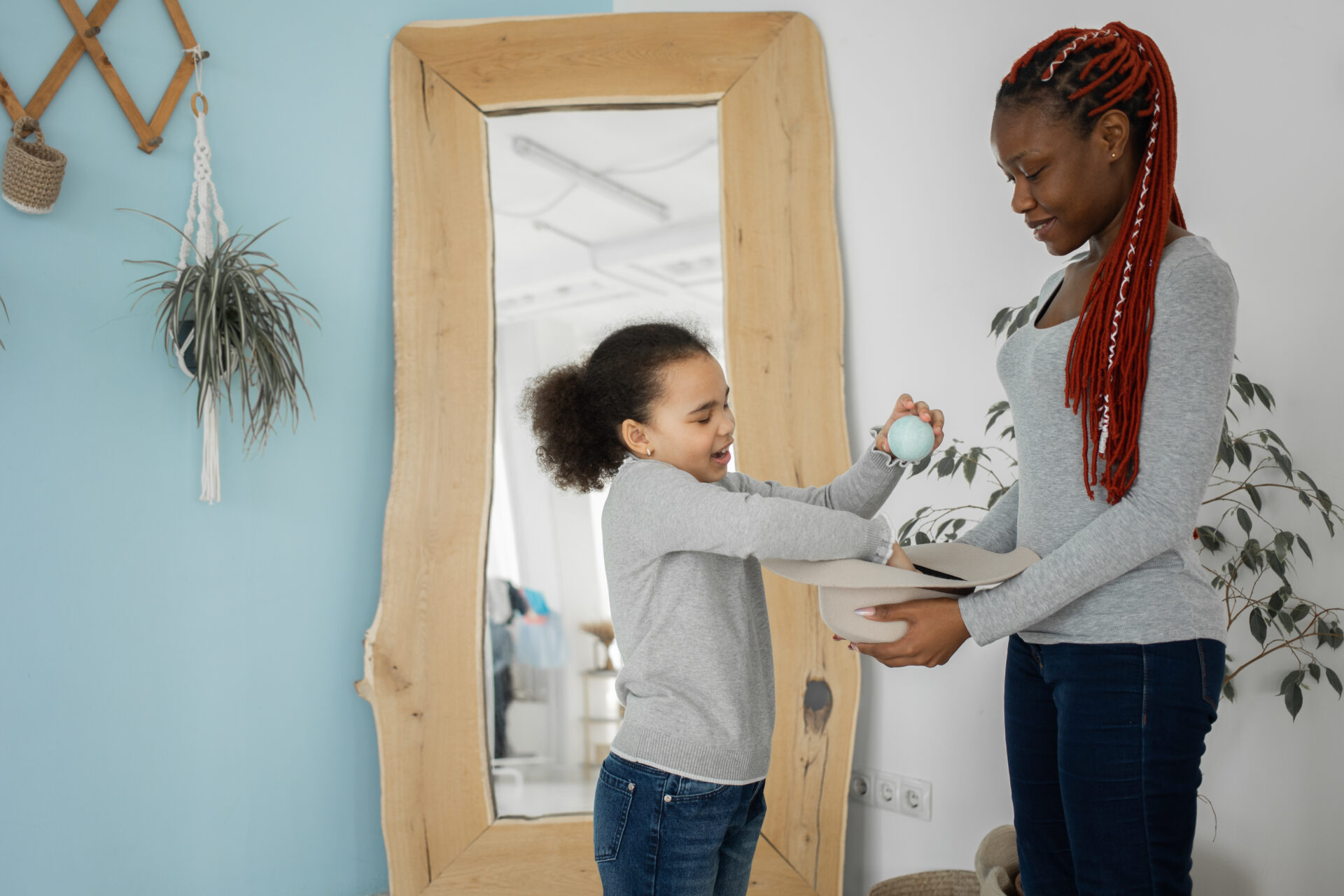Can pythons-live/” title=”How Long Do Ball Pythons Live”>ball pythons live together? It’s a question many potential pet owners have, and the answer is that, while it is possible for ball pythons to live in the same tank, it’s not always the best idea. Ball pythons are solitary creatures, which means that they prefer to live alone. When two or more ball pythons are kept together in one enclosure, they can experience stress and may even become aggressive towards each other. For this reason, it is important to be aware of the risks associated with housing multiple ball pythons together.Yes, ball pythons can live together. However, it is important to house them in enclosures that are large enough to accommodate multiple snakes and provide adequate hiding places for each animal. Additionally, it is important to ensure that food is abundant and available to all snakes in the enclosure.
Factors Impacting Ball Pythons Living Together
Potentially, ball pythons can live together in the same enclosure, but there are a variety of factors that should be taken into consideration before housing them together. One of the primary factors to consider when housing multiple pythons is the size of the enclosure. Ball pythons require adequate space to move around, and if the enclosure is too small, they may become stressed and aggressive. Additionally, multiple ball pythons may be prone to competing for resources such as food and hiding spots. This can lead to fighting and injury if not properly monitored.
The age of the animals also needs to be considered when housing multiple ball pythons together. Younger or sub-adult animals are more likely to display aggressive behavior towards one another, so it is important to ensure that all animals housed together are mature adults. Furthermore, it is important that all animals being housed together are similar in size; larger specimens can easily overpower smaller ones which could lead to serious injury or even death.
It is also important that all animals have been tested for parasites and other diseases prior to being housed together; a single infected snake can quickly spread illness throughout an entire enclosure. Finally, temperature regulation must also be carefully monitored; different temperatures may cause stress and competition among multiple ball pythons living in a single enclosure. With proper consideration of these factors, it may be possible for multiple ball pythons to live peacefully together in the same enclosure.
Benefits of Ball Pythons Living Together
Keeping ball pythons together can offer many benefits to the animals. Social interaction is one of the most important benefits, as ball pythons are social creatures that need companionship in order to stay healthy. Keeping two or more ball pythons together can also help them with thermoregulation, as they can benefit from each other’s warmth. Additionally, living together can help keep them stimulated and give them something to do when they are feeling bored.
Another benefit of keeping ball pythons together is that it can reduce stress levels. Having other snakes around can make them feel more secure and comfortable in their surroundings. This is especially beneficial for shy or skittish snakes who may be more prone to stress.
Living together also makes it easier for owners to keep an eye on their snakes’ health and behavior. It’s much easier to observe two or more snakes living together than it would be if they were kept separately. This makes it easier for owners to spot any potential health issues or changes in behavior before they become a problem.
Finally, keeping multiple ball pythons together can be a great way to save money on housing and supplies. It’s much cheaper to buy one large enclosure than two or more smaller ones, and the same goes for food and other supplies like substrate and decorations.
Overall, there are many benefits to keeping ball pythons together, from providing companionship and reducing stress levels, to saving money on housing and supplies. For these reasons, many snake owners opt for group housing when it comes to their pet snakes.
The Challenges of Keeping Ball Pythons Together
Keeping multiple ball pythons together can be a rewarding experience for both the keeper and the animals. However, it is important to be aware of the potential challenges that come with housing multiple snakes in the same enclosure. The most common problem associated with keeping multiple ball pythons together is aggression between the animals. As territorial creatures, ball pythons may become aggressive towards each other if they feel threatened or if resources are limited. This could lead to fighting, which could result in injury or even death for one or both of the snakes. To help prevent aggression between animals, it is important to provide enough space and resources for all the snakes in the enclosure so that they each have their own areas to rest and feed.
Another issue that can arise when keeping multiple ball pythons together is overfeeding. As wild animals, ball pythons are naturally inclined to eat as much as they can when food is available. If food is plentiful in an enclosure, this can lead to overeating and obesity in some or all of the snakes. To avoid this problem, it is important to monitor how much each snake is eating and adjust their diet accordingly.
Finally, it is important to be aware of the potential risks posed by disease transmission when keeping multiple ball pythons together. Ball pythons are prone to a variety of diseases and parasites that can be spread from one animal to another through contact with feces or other bodily fluids. It is important to monitor all of the animals in an enclosure closely for signs of disease and take steps to isolate any sick animals from healthy ones as soon as possible.
Introducing Ball Pythons to Each Other
The most important thing to remember when introducing ball pythons to each other is to do it slowly and cautiously. It’s important that the environment is properly set up and that both snakes are healthy. It’s also important to provide them with enough space so they don’t feel threatened. Start by observing them from a distance, gradually increasing the time they spend together until they become comfortable enough to interact with each other.
When introducing two ball pythons, it’s best to start in a neutral area that neither snake has previously been exposed to. This will help reduce the likelihood of territorial behavior or aggression between them. You should also make sure both snakes are of similar size and age, as this will help prevent one snake from dominating the other.
It’s also important to provide plenty of hiding spots and rocks for the snakes to hide under or climb on if needed. This will help create a sense of security for both animals, reducing the chances of conflict between them.
Once you have set up the environment for your snakes, it’s time to slowly introduce them to each other. Start by placing both snakes in close proximity but separated by a clear plastic barrier. Monitor their behavior closely and look out for any signs of stress or aggression such as hissing or striking at each other through the barrier. If they seem relaxed and comfortable after spending some time together, then you can slowly move the barrier further away until they are finally able to touch each other without any conflict arising between them.
It is important that you remain patient when introducing ball pythons to each other as it can take some time for them to get used to each other’s presence in their shared environment. With patience, careful observation, and proper setup of their habitat, you can ensure a successful introduction and long-term bond between your two pythons!

Housing Requirements for Multiple Ball Pythons
Housing multiple ball pythons together can be a rewarding experience, but it requires some extra preparation and consideration. The most important consideration is the size of the enclosure – it must be large enough to accommodate all of the pythons without crowding. For two ball pythons, you should provide a minimum of a 4-foot long tank; for four or more, you should provide at least a 6-foot long tank. If your enclosure isn’t large enough, your pythons may become stressed, leading to fighting and other health issues.
You also need to consider the heating and lighting requirements for each individual python. Ball pythons are native to tropical climates and need temperatures between 78-80 degrees Fahrenheit during the day and 72-75 degrees Fahrenheit during the night. You should also use full spectrum UV lighting to provide the necessary vitamin D3 for healthy growth and development.
Finally, you should provide plenty of hiding spots and decor in your enclosure so that each ball python has their own space to feel secure. This can be achieved by adding branches, rocks, plants, driftwood, or other natural decor items that will give them places to hide and explore.
By providing these essential elements in your enclosure, you can create a safe and comfortable environment for multiple ball pythons to live in harmony.
Temperature, Humidity, and Lighting Requirements for Multiple Ball Pythons
Ball Pythons are one of the most popular pet snake species in the world. They are relatively easy to care for and make great pets. However, like all animals, they have specific requirements for temperature, humidity, and lighting in order to remain healthy and thrive. It is important to understand these requirements when setting up an enclosure for multiple ball pythons.
The ideal temperature range for a ball python’s enclosure is 78-80°F during the day with a nighttime drop to 75-78°F. A basking spot should be provided that reaches 90-95°F on one side of the enclosure during the day. An appropriate thermometer should be used to monitor temperatures and ensure they stay within the correct range.
Humidity levels should be kept between 50-60%. This can be accomplished by misting the enclosure once or twice daily with water, or by using a humidifier in order to maintain proper humidity levels. It is also important to ensure that there is adequate air circulation within the enclosure in order to prevent mold or mildew from forming.
Lighting is not essential for ball pythons but can help provide some natural light cycles and enhance their activity level. If you plan on providing lighting in your enclosure, make sure you use a bulb that produces UVA and UVB rays in order to provide your pet with Vitamin D3. The bulb should be placed on one side of the enclosure so that there is a hot spot area with direct light exposure as well as an area with indirect light exposure.
By understanding proper temperature, humidity, and lighting requirements for multiple ball pythons, you can ensure that your pet snakes remain healthy and happy in their enclosure. Make sure you have all of the necessary equipment before setting up your new enclosure so that you can provide your ball pythons with everything they need!
Proper Feeding and Nutrition for Multiple Ball Pythons
Providing proper nutrition for multiple ball pythons can be challenging. It is important to understand the dietary needs of each individual snake and ensure that they have access to a balanced diet. A variety of food items should be offered, and the size and frequency of meals should correspond to the age and size of the pythons.
It is best to start by offering small meals on a regular basis. Juvenile ball pythons can generally be fed once or twice a week, while adult snakes may need to be fed more frequently, such as every four to five days. The size of the meal should correspond to the size of the snake; smaller meals for younger snakes and larger meals for adults. It is important to never over-feed them, which can lead to health complications like obesity.
A variety of food items should be offered in order to provide adequate nutrition for multiple ball pythons. Offerings should include both live prey items such as mice or rats, as well as frozen/thawed versions of these items. It is important not only to provide a variety of food sources but also a range in sizes, so that younger pythons have access to smaller prey items while adults can feed on larger prey items.
In addition, many keepers opt to offer their multiple ball pythons supplemental vitamins and minerals in order to ensure they are getting all the nutrients they need. These supplements can come in both liquid form, such as ReptiVite or Rep-Cal calcium powder supplements, as well as in powder form mixed into food items before feeding them off.
By providing proper nutrition for multiple ball pythons and understanding their dietary needs, keepers will help ensure that their snakes remain healthy and happy for years to come!

Conclusion
In conclusion, it is possible for ball pythons to live together in captivity. However, it is important to be mindful of the potential risks and take appropriate steps to ensure the safety of both snakes. It is important to house them in separate enclosures that are of an appropriate size and provide plenty of hiding places. Additionally, it is beneficial to gradually introduce the two animals by allowing them to scent each other before they come into physical contact. If done correctly, ball pythons can live together in harmony in captivity.
It is also important to remember that all snakes, regardless of their species, should be handled with care and respect. Ball pythons are no exception. They should never be handled when they are feeling stressed or threatened and should be given ample time to rest between handling sessions. Taking these steps will ensure the health and well-being of both snakes when living together in captivity.
Overall, it is possible for ball pythons to live together in harmony if done properly. By understanding the potential risks and taking precautionary measures, it is possible for them to coexist peacefully while living together in captivity.




